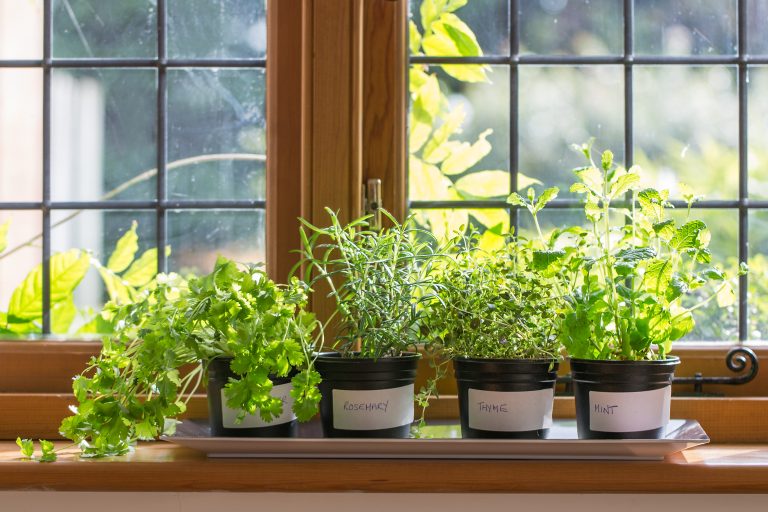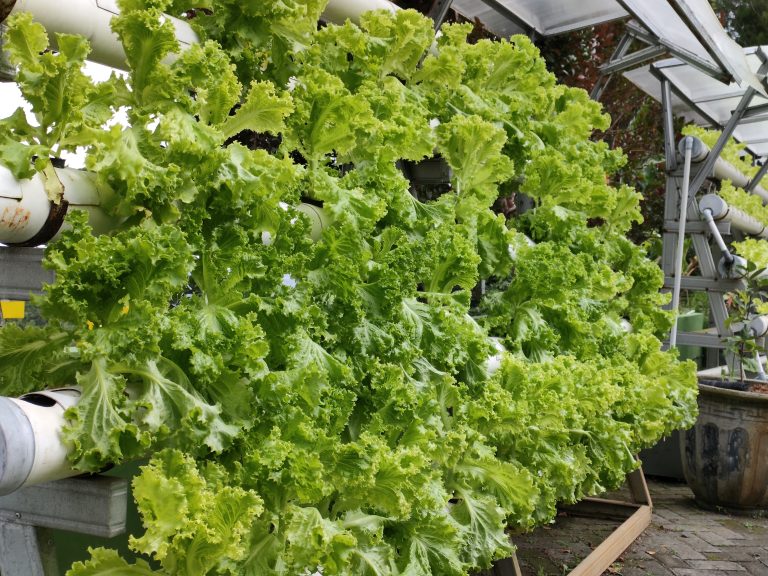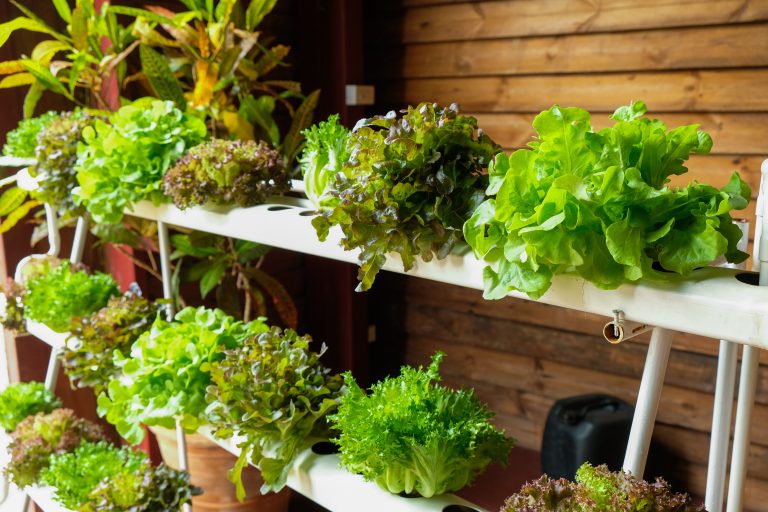10 Key Essentials for Proper Poultry Housing
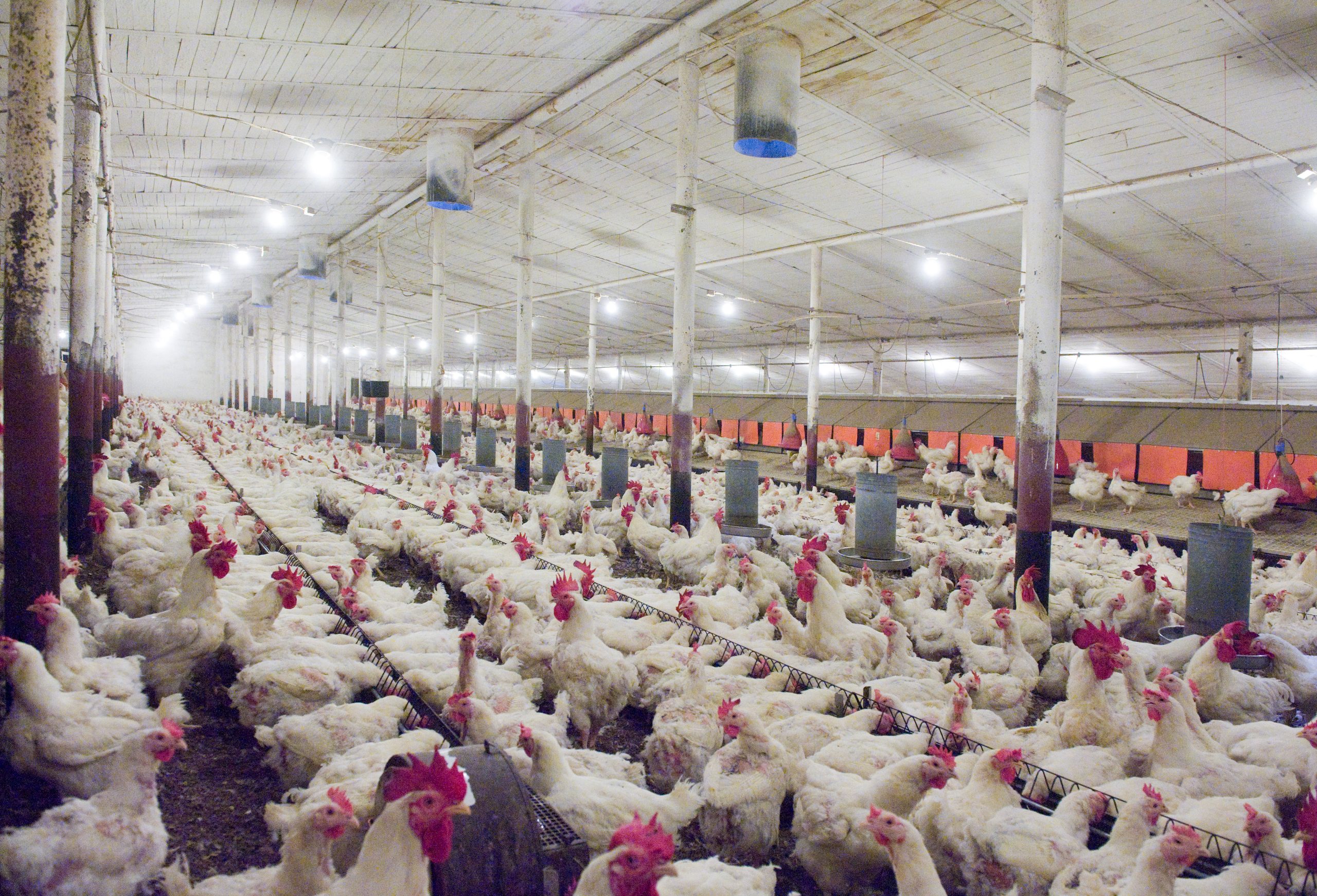
When it comes to urban poultry farming, getting the housing right is crucial, not just for the well-being of your feathered friends but also for your sanity as a keeper. Let’s dive into the essentials of creating a coop that’s less of a fowl play and more of a feathered success story.
1. Choosing the Right Location
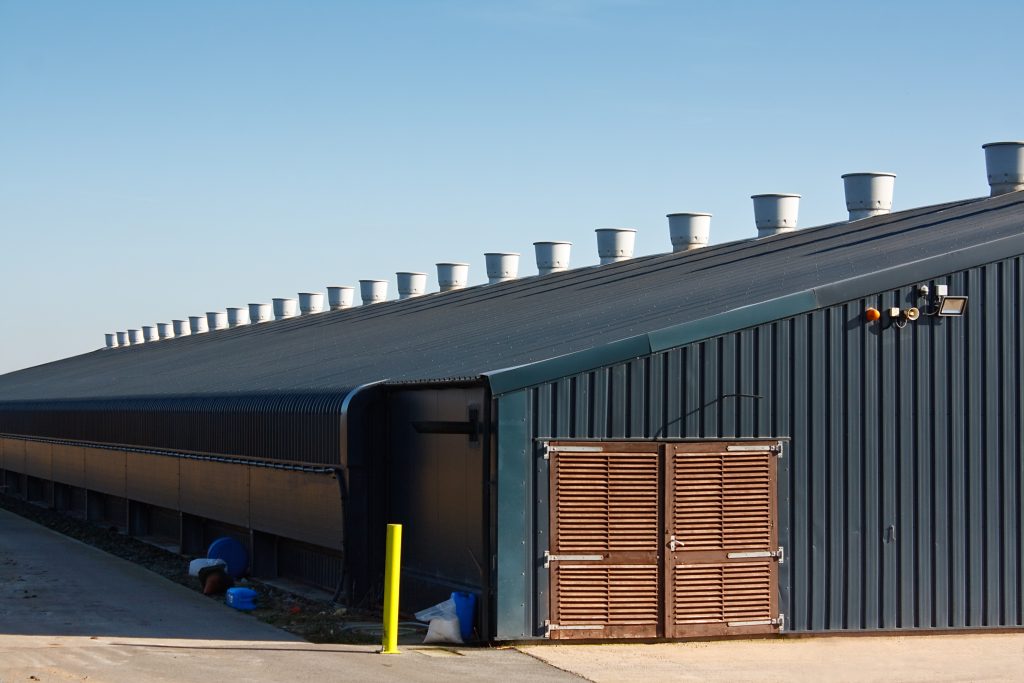
The real estate mantra “location, location, location” applies to poultry housing too! You’ll want to position your coop where it gets enough sunlight to deter dampness yet offers some shade to keep your birds from overheating. Consider the direction of prevailing winds; you wouldn’t want your coop to become a wind tunnel.
Believe me, chickens don’t appreciate drafts any more than we do. Also, keep it within a convenient trek from your house – you’ll thank yourself when it’s time to collect eggs in the pouring rain.
Accessibility is key for both you and your flock. Ensure there’s a clear path that doesn’t turn into a mudslide during rainy seasons. I once had a coop at the bottom of a slope, and let’s just say I learned my lesson the hard way. Lastly, think about the neighbors. Keeping your coop a respectful distance away helps maintain good relations and keeps noise and odor complaints at bay.
Hey hey! Don’t forget to subscribe to get our best content 🙂
2. Adequate Space Requirements

Birds of a feather need room to flock together—but not too closely. Chickens can get cranky and pecky if they’re packed tighter than sardines. Each bird should have at least 3-4 square feet of space inside the coop and about 10 square feet in the run. More space equals happier chickens and fewer pecking order squabbles.
Overcrowding can lead to stress, disease, and feather picking. It’s a bit like being stuck in a cramped elevator; no one’s happy about it. So, if you’re planning to expand your flock, remember that your coop will need to grow with it. And don’t forget about space for food and water stations—they’ll need a spot that’s easily accessible yet out of the way of roosting bars and nesting boxes.
3. Essential Ventilation Systems
Good airflow is the unsung hero of poultry housing. Proper ventilation keeps air moving, reducing moisture and ammonia levels that can lead to respiratory issues in your flock. It’s a delicate balance, though—you need enough vents to keep fresh air coming in without creating drafts.
Strategically place vents near the roof to allow warm, moist air to escape, and have lower vents to draw in fresh air. This setup allows for a gentle flow that doesn’t ruffle feathers. I’ve seen coops that skimp on ventilation, and the result is always a stinky, unhealthy mess. You might not think about it much, but trust me, your birds will notice if you get it right—or wrong.
4. Insulation and Temperature Control
Birds are hardy creatures, but they appreciate a cozy home, especially during those chilly winter months. Insulating your coop helps regulate the temperature, keeping it cool in summer and toasty in winter. It’s like giving your chickens their very own climate-controlled pad.
Pay attention to materials: use insulation that’s safe for chickens (they’ll peck at anything) and cover it with a chew-proof barrier. And when summer rolls around, insulation paired with ventilation keeps your coop from turning into a sauna. I’ve seen my girls panting on hot days, and it’s no joke—they can get heatstroke just like us.
5. Protection Against Predators

It’s a wild world out there, and everything from raccoons to hawks sees your chickens as a tasty snack. Fort Knox might be overkill, but your coop should be secure enough to keep out the most determined of predators. Think heavy-duty hardware cloth, secure locks, and solid construction.
Don’t forget about diggers like foxes; extending the hardware cloth into a skirt around the coop can save you from a morning headcount that doesn’t add up. And let’s not overlook the aerial threats—covering your run with netting or wire can thwart those raptors. I’ve lost a few good hens in my time, and it’s heartbreaking, so trust me when I say predator-proofing is worth every penny.
6. Nesting Boxes and Roosting Bars
A chicken without a nesting box is like a baker without an oven. Each box should be cozy, private, and filled with soft bedding to encourage egg-laying. Aim for one box per 3-4 hens, and place them in the darkest part of the coop to give your girls the privacy they crave.
Roosting bars are where your chickens will spend their nights, so they should be comfortable and positioned away from drafts. Make sure they’re sturdy and provide enough space for all your birds to roost together. Trust me, there’s nothing like the sight of a row of contented chickens snoozing on their perches after a productive day.
7. Access to Food and Water Stations
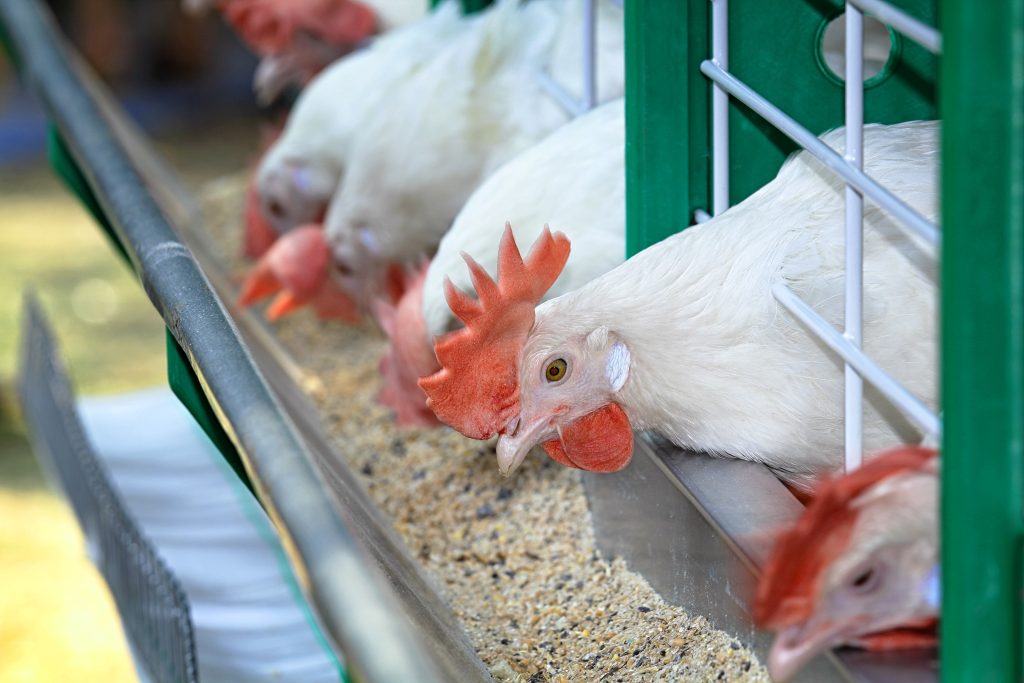
Chickens aren’t picky eaters, but they do need constant access to food and fresh water. Position feeders and waterers at the height of your chickens’ backs to keep them from kicking bedding into their dinner and making a mess.
Refill and clean stations regularly to prevent the spread of disease. It’s like maintaining a five-star restaurant; cleanliness is next to godliness. And consider a treadle feeder to save on food and keep out freeloaders (like those pesky rodents that love a free meal).
8. Proper Lighting for Health and Growth
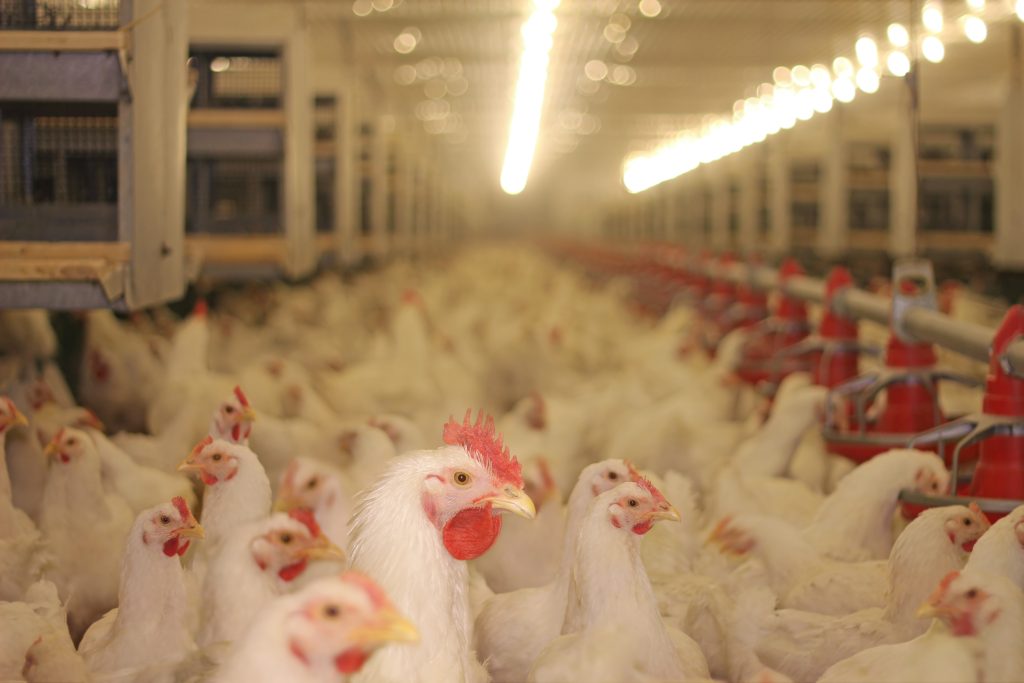
Chickens need a certain amount of light to lay eggs efficiently. Aim for 14-16 hours of light per day to keep those eggs coming. Natural light is best, but during shorter days, a timer-controlled light can supplement daylight hours.
But it’s not all about quantity; the quality of light matters too. Soft, warm lighting mimics the sun and keeps your birds calm and happy. And remember, too much artificial light can stress your chickens, so balance is key. It’s like us with our screen time—too much can mess with our heads.
9. Easy Cleaning and Maintenance Tips
If cleaning the coop feels like a Herculean task, you’re more likely to put it off. Design your coop with maintenance in mind—removable dropping trays, smooth surfaces, and easy-access doors can make clean-up a breeze.
Consider materials that won’t harbor parasites or rot quickly. And don’t forget about regular coop inspections; catching a small issue early (like a loose board) can prevent a big problem (like an escapee hen). I’ve learned to embrace the zen of coop cleaning—it’s my quiet time to reflect and connect with my feathered charges.
In the video, Poultry Biosecurity explains –
Poultry Biosecurity
- Importance of Maintenance: The video emphasizes the critical importance of regular maintenance for tractors on poultry farms, highlighting that neglecting maintenance can lead to unexpected equipment issues.
- Daily Maintenance: The speaker mentions the distinction between daily maintenance and maintenance at specific intervals, stressing the need for both to keep the tractor in optimal condition.
- Dust Removal: After usage in poultry barns, it is recommended to blow out dust from various components such as the radiator, grills, and air filters. A specific tool is suggested to make this process quick and easy.
- Proactive Cleaning: The video recommends washing off chicken litter from the tractor, especially around the wheels, PTO shaft, and axles immediately after use to prevent buildup and extend the machine’s life.
- Air Filter Maintenance: Regularly cleaning air pre-cleaners and inner cleaners is crucial to ensure good air intake for the engine, promoting better performance and preventing foreign materials from entering.
- Reversing Fan: The video mentions the significance of having a reversing fan to keep the air clean, emphasizing its role in maintaining the tractor’s performance.
- Expert Advice on Air Cleaning: An expert from New Holland AG suggests using a compressed air blow gun to clean the engine thoroughly and ensure proper air circulation.
- Choosing the Right Equipment: The interview with Walinga’s representative highlights the importance of selecting the right tractor equipment, including appropriate tire size and pressure, to ensure optimal performance.
- Basic Maintenance Practices: Basic maintenance practices such as changing oil, replacing filters, and regular greasing are highlighted as essential for tractor longevity, with an emphasis on avoiding over-greasing.
- Handling Diesel Exhaust Fluid (DEF): Proper handling of DEF is emphasized, including storing it appropriately, having dedicated equipment, and cycling through it regularly to maintain its effectiveness.
10. Regular Health Check Routines
Last but not least, a healthy coop is a happy coop. Incorporate regular health checks into your routine. Look for signs of parasites, injury, or illness. It’s like being a feathered physician; you need to know your patients.
Keep a first aid kit on hand with essentials like wound spray, vet wrap, and tweezers for those inevitable pecking-order tiffs. And maintain a relationship with a veterinarian who’s knowledgeable about poultry—it’s always good to have a professional in your corner.
Creating the perfect poultry palace is a mix of common sense and attention to detail. Remember, what works for one urban chicken keeper might need tweaking for another. So, roll up your sleeves, get creative, and build a coop that’s the envy of the neighborhood—your chickens will thank you with every cluck and coo.



